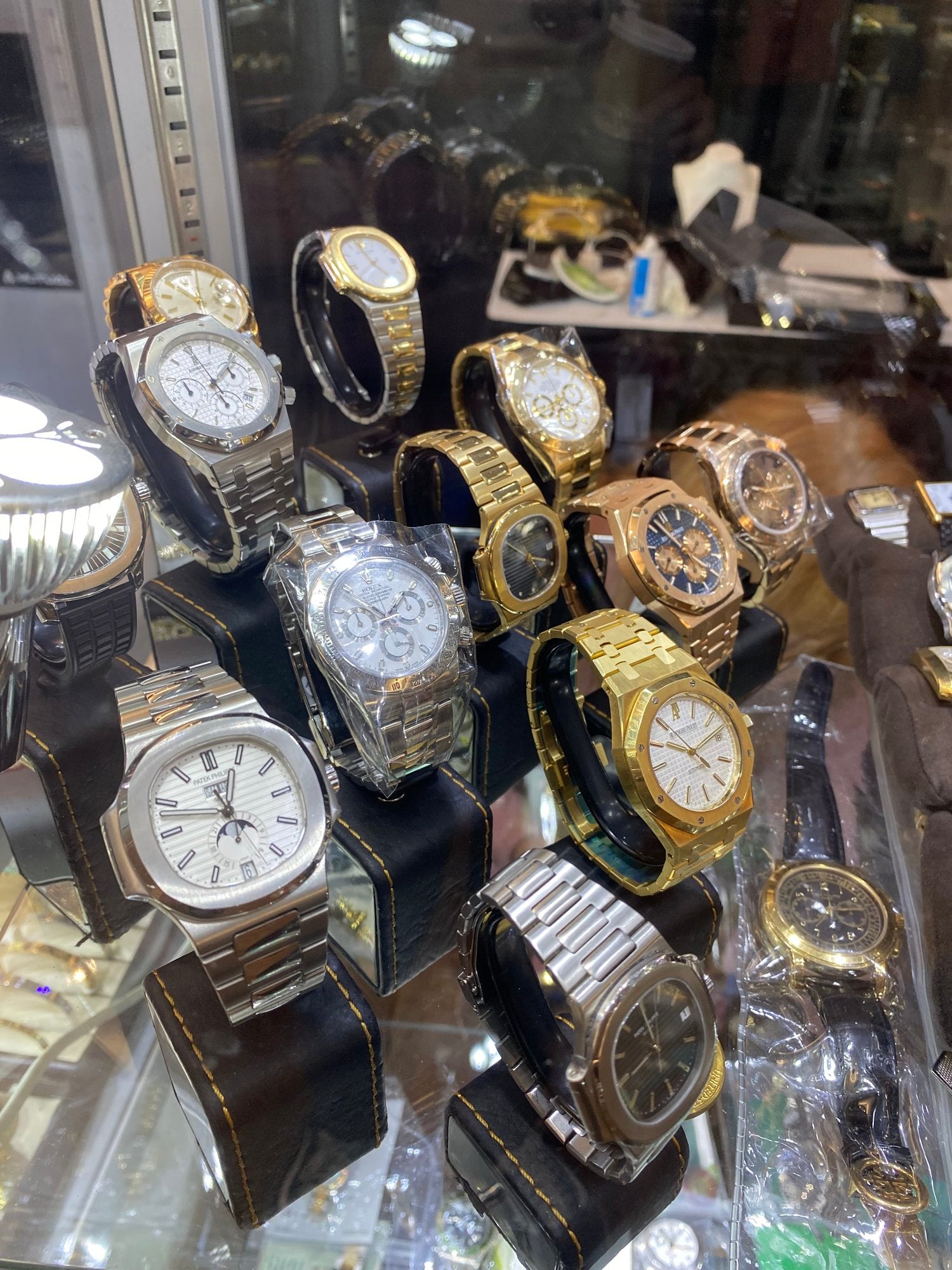Rolex’s Secret Sports Watch
Despite the Turn-O-Graph having one of the most interesting Rolex inception stories, it is one of the first to be overlooked.

Often marked too sporty for dress watch enthusiasts, the Turn-O-Graph or “Thunderbird” is equally a bit too small to fit neatly in the sport watch category, meaning the Thunderbird is stuck in an ambiguous middle ground. While it’s disappointing to see such a beautiful and historically significant piece go by the wayside, we can’t help but to acknowledge the silver lining: value.
Sport watch DNA
The Turn-O-Graph shares much of its history with the ubiquitous Submariner, as both were developed in the early 1950s to meet a growing demand for a sportier evolution of the extremely popular Oyster watches. Leisure activities had exploded across Golden Age America, with sports like skiing, diving, and snorkeling becoming common pastimes for an emerging middle class. The need was clear, and Rolex delivered the solution in 1953 with the introduction of the Turn-O-Graph reference 6202 at BaselWorld.
The rotating bezel, Mercedes hands, and triangle hourmark at 12:00 would all later be carried over onto the Submariner, and soon become cemented as the standard for dive watch design. The Turn-O-Graph’s design influenced nearly every model that Rolex released in the coming years – In 1954 the GMT used a similar rotating bezel, the two-tone Rolesor bracelet became a staple for the Datejust, and in 1956 Rolex released the Milgauss which took most of its DNA from the 6202.

Image courtesy Christie’s
The Turn-O-Graph Takes Flight
The black bezel that Rolex used for the early models was entirely replaced in 1954 by the steel and gold bezels seen on most Turn-O-Graphs. The gold bezels were Rolex’s first venture into two-tone sports watches. With the updated design and the addition of a date window, the Turn-O-Graph shared equal amounts of DNA with the Datejust and the Submariner.
The watches were eventually designated by the U.S. Air Force to be the official timepiece of the Thunderbirds, the world’s first supersonic aerial demonstration team. With the endorsement of the military, the Turn-O-Graph soared in popularity. The silhouette remained largely unchanged until 2004, when Rolex issued a radical redesign of the watch.

Image courtesy Rolex Forums
The New Turn-O-Graph
The updated design featured a red Turn-O-Graph script across the bottom of the dial, a red date, and a red second hand. Before its unfortunate discontinuation in 2011, Rolex had one more trick up its sleeve for the Turn-O-Graph. 600 two-tone Thunderbirds were made with ‘Rolex Green’ replacing the red script, secondhand, and date, in an extremely limited production only released to Japan - with half featuring white dials and half featuring black dials. These Japanese models, released in 2011, oddly had serial numbers dating the watches to 2004 and 2005, leaving questions of why Rolex issued such a rare watch so quietly up to speculation.
Rolex has established a theme of releasing watches with green accents on 50th anniversaries, such as the green bezel Kermit Submariner or green dial GMT. I believe (read: speculate) that the watch was designed as a 50th Anniversary edition in the early 2000s, but for some reason production lagged and the green models were not released with the Kermit in 2003, or the updated Turn-O-Graph in 2004. It's possible that after missing the 50th anniversary Rolex did not know what to do with the limited edition, and simply released them at the last moment before they were discontinued in 2011. The next step was to reward the Japanese market for remaining loyal to Rolex’s traditional models such as the Turn-O-Graph and Oyster Perpetual, while much of the world focused on Rolex’s new chunkier, flashier 40-42mm watches like the 2011 Explorer II.

Image courtesy Rolex Forums
Two factors consistently determine both the market value of a Rolex watch: desirability, which is impacted by the historical significance and design, and the rarity of the particular piece. The astronomically expensive Paul Newman Daytonas were once all but forgotten, until the vintage market developed years after Rolex struggled to sell the last of them. So will the most popular Turn-O-Graphs, the models most similar to the Datejust, ever skyrocket in value? Well, unless the general culture of the collecting community begins to skew away from sport and towards smaller, richer pieces, I doubt the steady rise will be explosive. That keeps these beautiful, important watches approachable and attainable compared to others in the Rolex lineup.
Jon Tarquinio (@j_tarq) is a regular contributor from Nashville, who has a passion for wristwatches, vintage clothing, and classic cars. If you have a pitch for us, reach out through our Contact form or send it to @iamjoshcameron on Instagram.




